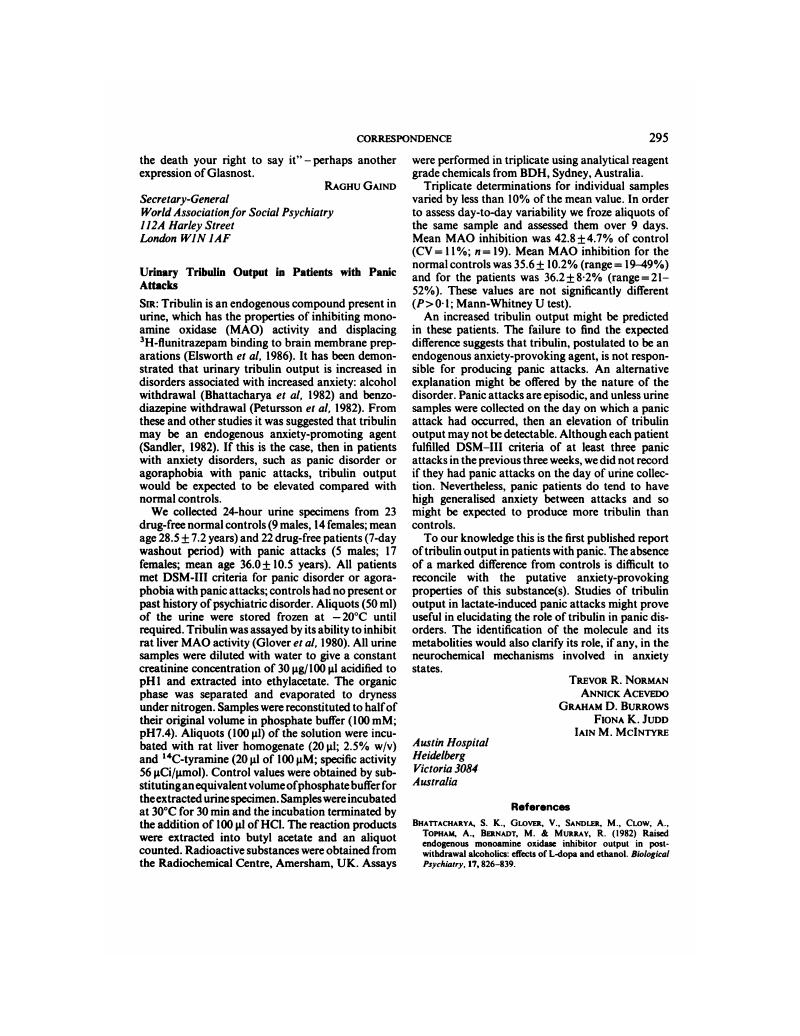Crossref Citations
This article has been cited by the following publications. This list is generated based on data provided by Crossref.
Norman, Trevor R.
Burrows, Graham D.
and
McIntyre, Iain M.
1992.
Stress and isatin: Effects on the serotonergic system.
Stress Medicine,
Vol. 8,
Issue. 3,
p.
141.






eLetters
No eLetters have been published for this article.